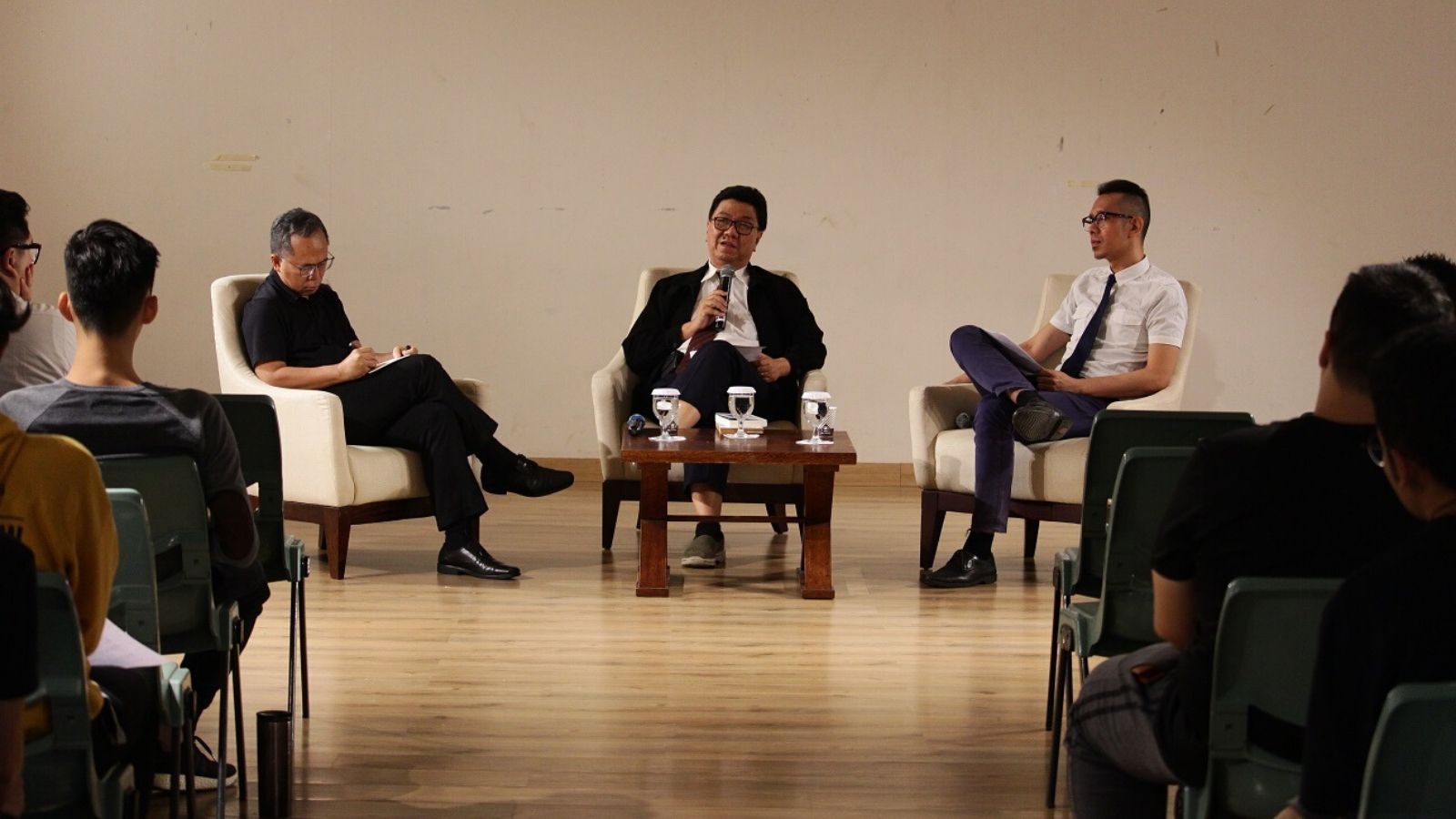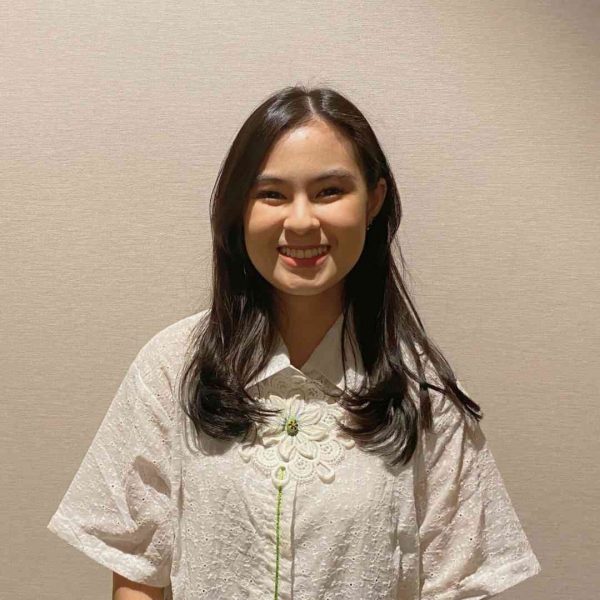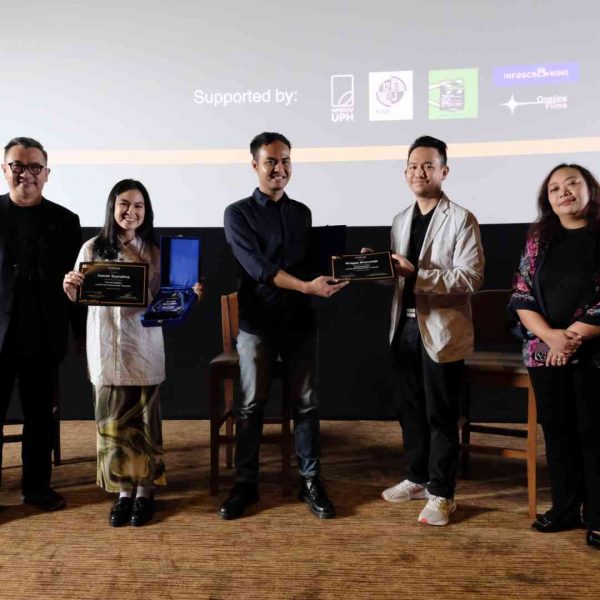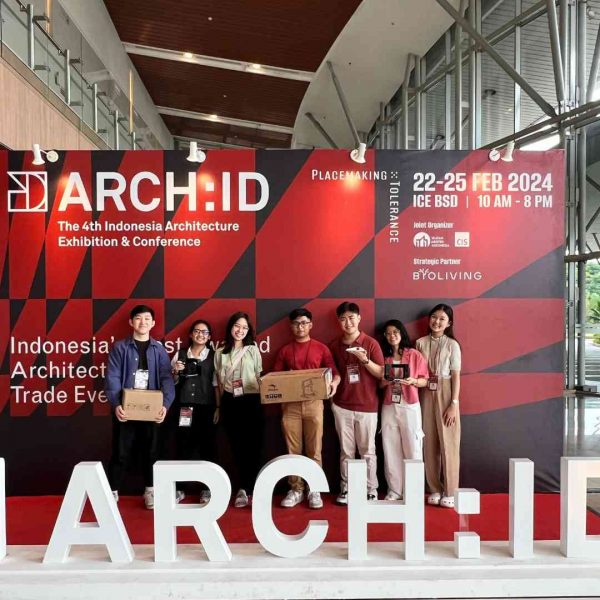2020
Presenting the Chairman of Indonesian Institute of Architects, UPH Architecture Discussed the Three Tasks of an Architect.

UPH Architecture invited the Chairman of Indonesian Institute for Architects (IAI), Ahmad Djuhara for ‘Philosophical Discussion on Architecture as Profession’ which was held on February 4, 2020, at Pelita Hal, Building B, UPH Lippo Village This discussion was held to raise students and lecturers awareness about the connection between architect as a profession and a more holistic ‘life meaning’. The discussion was meant to enable students and lecturers to delve and understand the nature and principle of an architect through an explanation about three characteristics of the duties and profession of an architect.
Talking about the topic from a more philosophical side, Ahmad stated that architecture is a place for someone to pour their expression through various aspects and also something that gives people space – a place. The first characteristic of an architect task is its ontological-aesthetic duty which is to create and fill the reality space (see Heidegger, Der Ursprung des Kunstwerkes).
Architectural construction is a way to reveal a reality in life; to reveal humanity, society, beauty, and even God. Architect functions as the ‘co-creator’ of the world while architecture as a historical model. Architect has this duty to open and prepare a place for beauty, human life, and its meaning to subsist.
The second characteristic of an architect’s task is their spatial-ethical duty. According to Ahmand, an architect’s duty to provide space is similar to that of a writer who has to ‘write’ his thoughts onto a paper.
“Architect has to be able to express their thoughts in an architectural form. An architect who can pour their ideas with expression and develop their stance can be called a creative and independent architect.. However, in this era many architects work while waiting for paid projects. This is a problem that changes modern architects and puts them into a mechanism with a system of routinity. Therefore, we have to look back and see the initial mission of architecture; to provide space for those who need it. Creating a spatial layout that has value and ethical aspects in its construction should always be in an architect’s mind,” Ahmad explained.
The third characteristic is the functional-pragmatic. Ahmad explained that initially, an architect and their profession must have this orientation to earn a living and to help others and themselves (private function). However, Ahmad also talked about the problem that is currently happening in our society. There is a bigger tendency for an architect towards this third function and forget about the first and second task.
With this tendency, Ahmad thinks that the academic and architectural world should focus towards the development of 1st and 2nd function. If not, then our architectural construction, such as cities, houses, streets, and many more, will not be colored with beauty, value, and so on. In other words, our living space will be dehumanized.
This also becomes the reason for Ahmad to appreciate Architecture UPH as one of the best Architecture programs in Indonesia for maintaining its educational orientation to be lean towards architect as a profession.
“I think that Architecture UPH is one of the best Architecture programs in Indonesia because it is a program that shows its dominant education orientation towards architecture as a profession. In general, there are not many programs in Indonesian universities that have such focus. This can become a good link and asset to the professional world of Indonesian architecture,” said Ahmad.
The “Professional Discussion” program is one of UPH Architecture’s means to establish a critical and mutually building relationship between professionals in and around the architecture and design world. The event was attended by approximately 50 participants ranging from lecturers to final year students.
read also:
Arsitektur: Info Kuliah, Prospek Kerja, hingga Profil Alumninya



